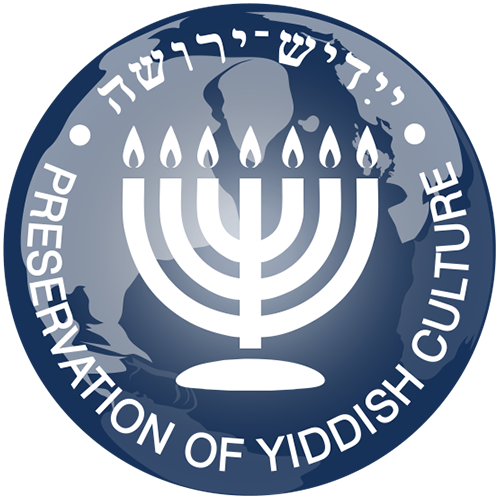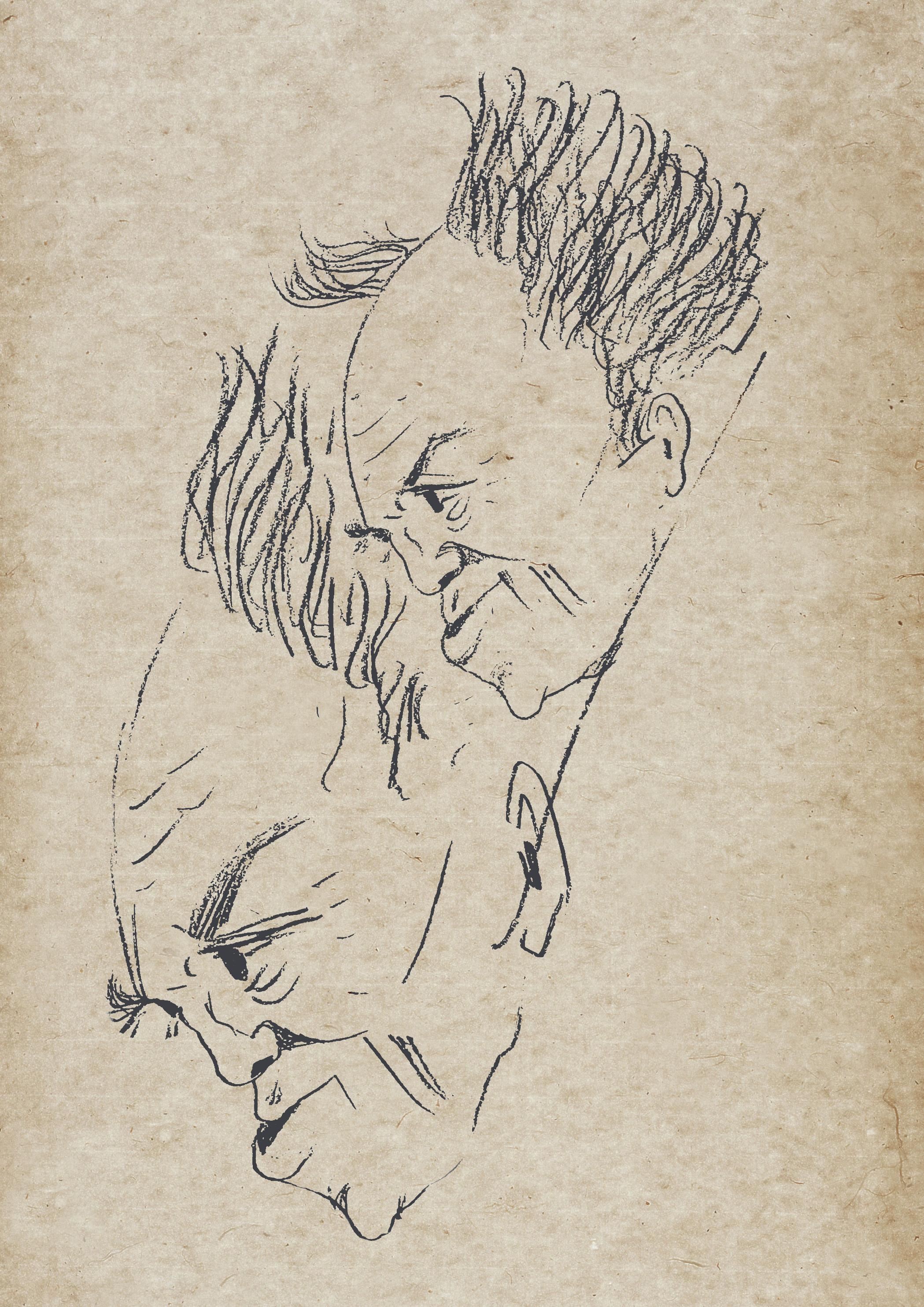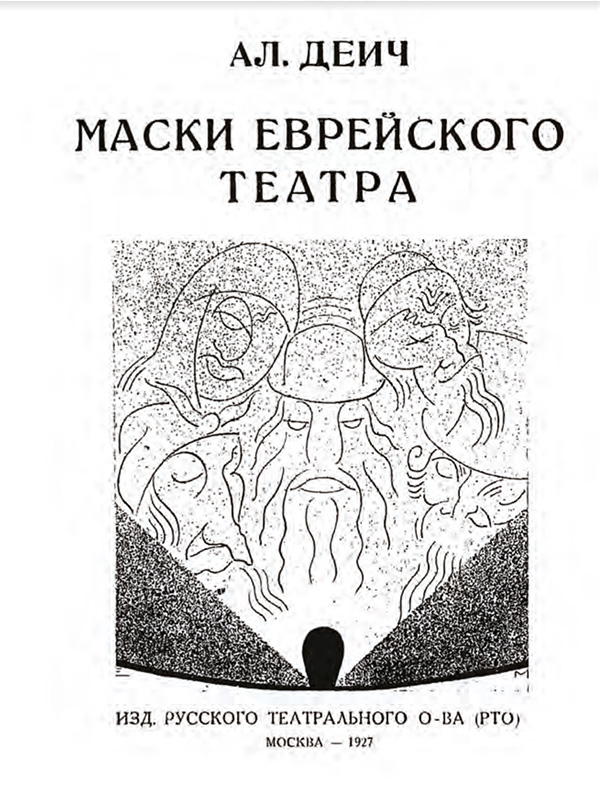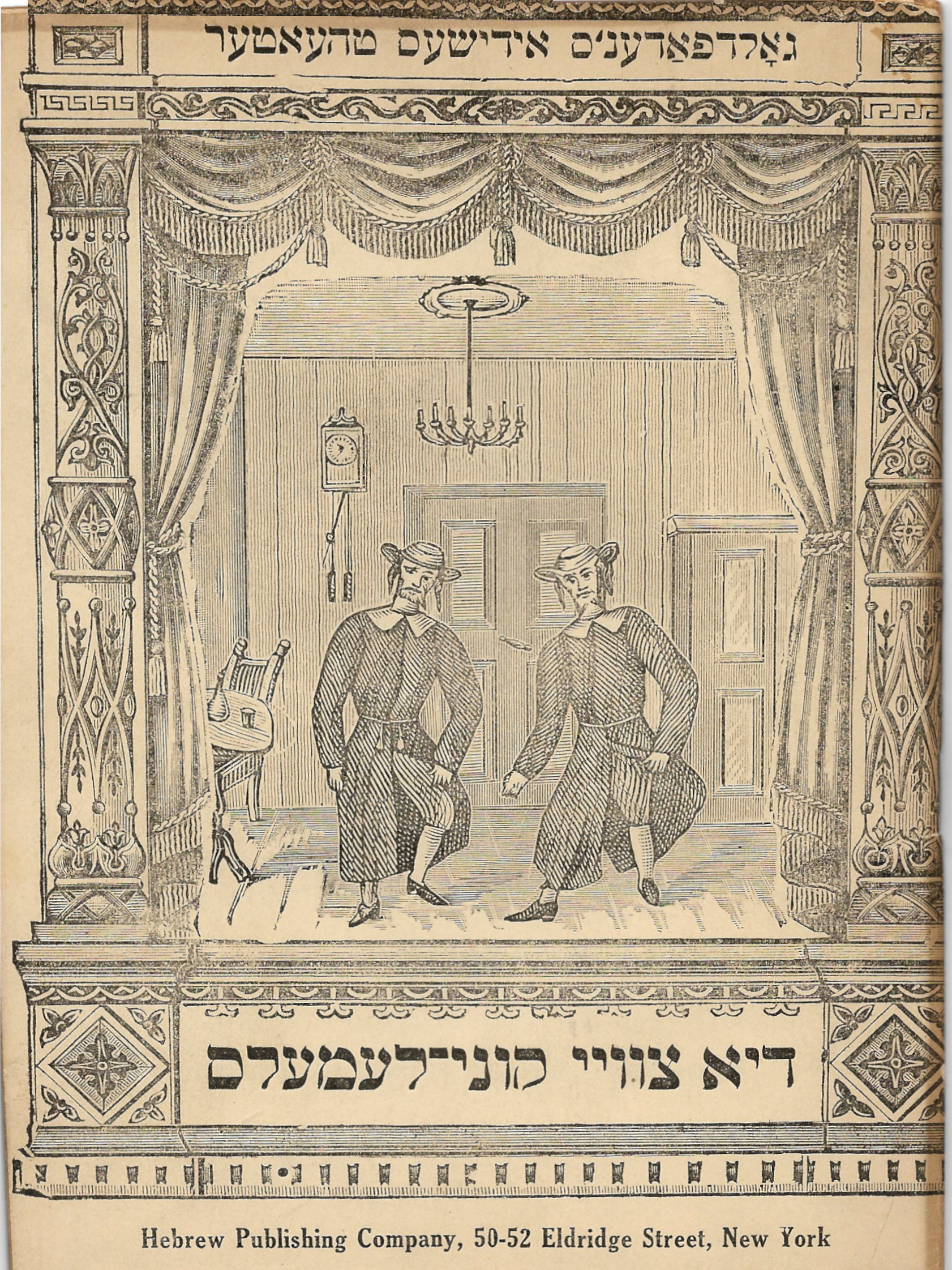The Jewish theater mainly arose and developed within the vernacular Ashkenazi tradition with its colloquial language — Yiddish. Its origins can be traced to the 15th and 16th centuries, when the profession of badchens, jesters who entertained guests at weddings and other family celebrations, endowed with artistic (usually comical) abilities, was formed. In the German-speaking countries, these entertainers who mastered the skill of poetic improvisation found admirers not only among Jews, but were also popular among the general population.
After the nearly complete disappearance of Yiddish in Central and Western Europe by the end of the 18th century, the badchen art continued to develop in the Jewish communities of Poland, Romania and the Russian Empire. In these regions, such folk actors also often served as court jesters of the Hasidic tzaddikim, the most famous example being Hershele Ostropoler. Many badchens were also gifted musicians who performed with klezmers and composed music for their own poems.
Sender Badkhan (Eliyohu-Alexander Fidelman, 1825–1892), Sonie Badkhan (Isroel Zadrunsky, 1850–1928) and Elyokem Tsunzer (1835–1913) were among the most famous poets and composers of this type who lived in the 19th and 20th century. Already during their lifetime, their songs became known as masterpieces of Yiddish folklore. This profession played an important role in the traditional Jewish communities of Romania and Poland until WWII.




